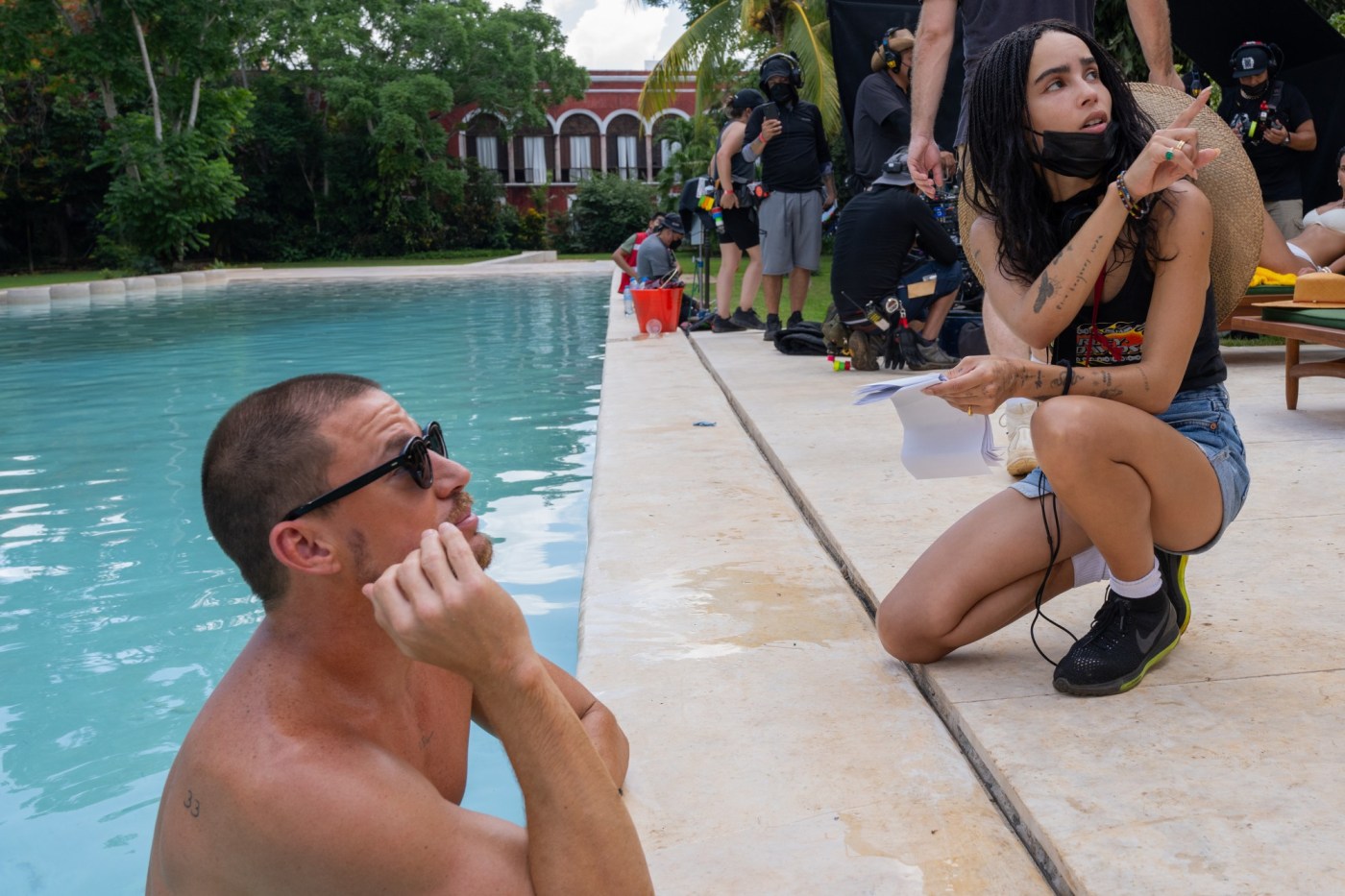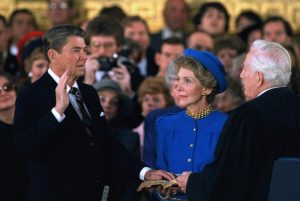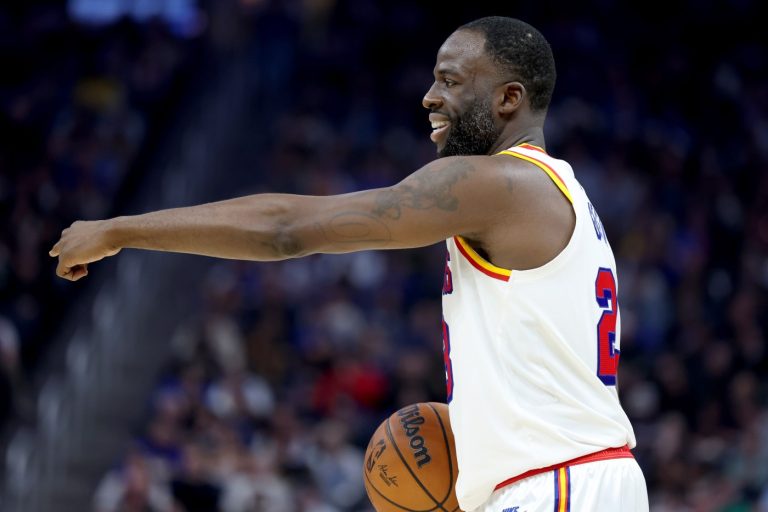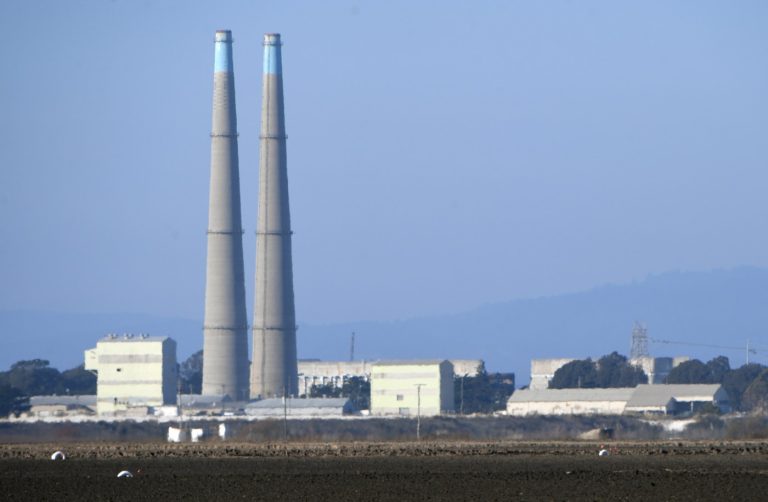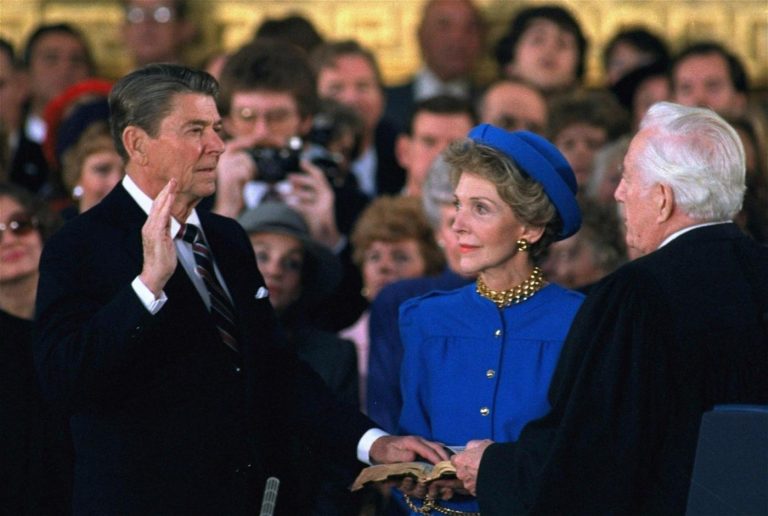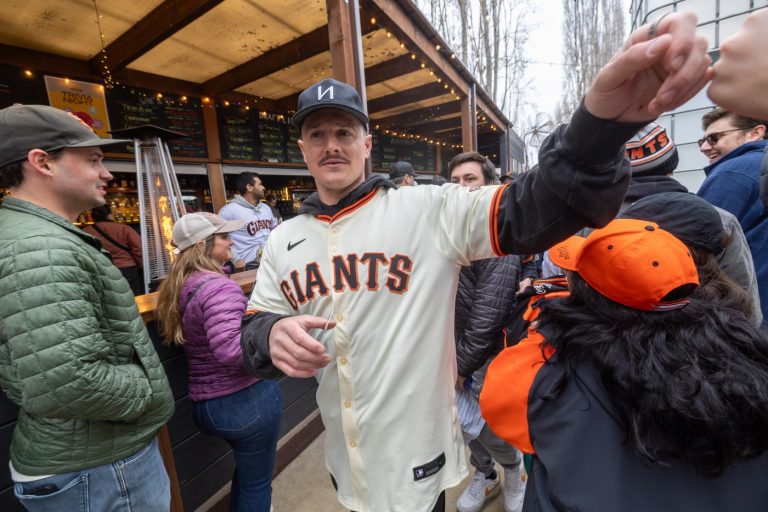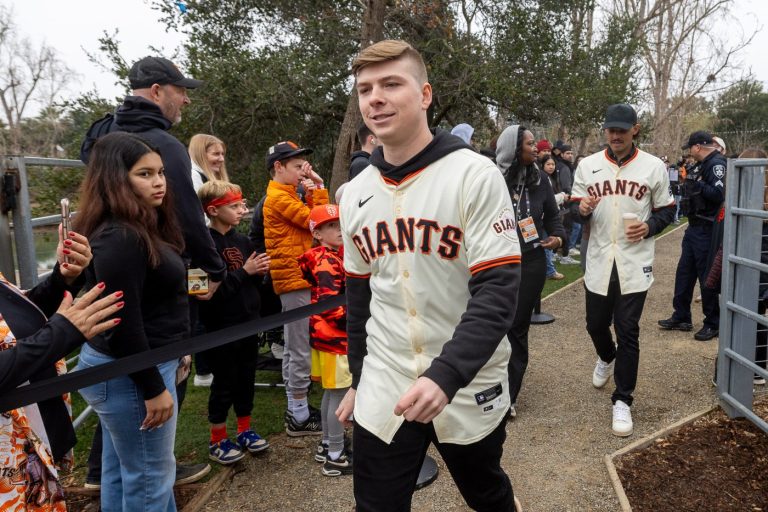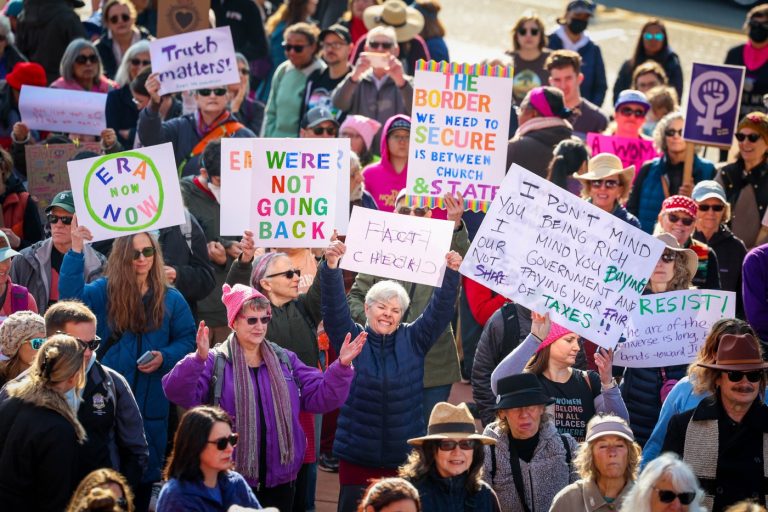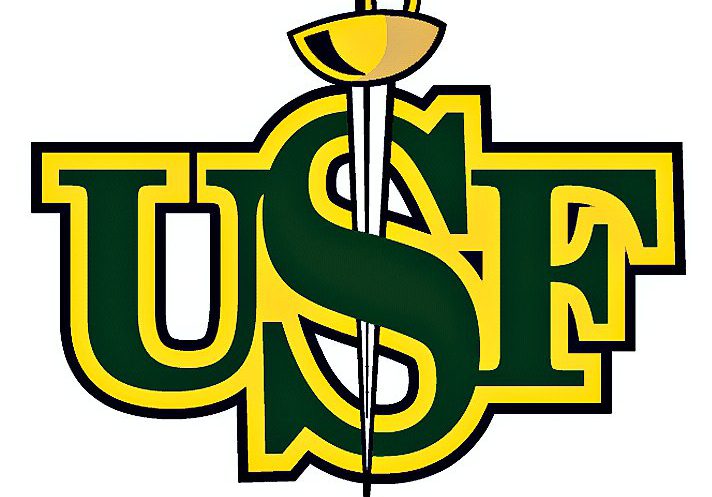In its trailers for “Blink Twice,” Zoë Kravitz’s sleek directorial debut feature, Amazon and MGM are desperate to package the goods like a straightforward abduction thriller. But for Kravitz, best known as an actor (“The Batman,” the Hulu series adaptation of “High Fidelity,” the HBO Steven Soderbergh film “Kimi”), it’s a film about memory and power.
How “Blink Twice” addresses those subjects, in a script Kravitz developed over seven years with co-writer E.T. Feigenbaum, courts all kinds of spoilers. The spoiler-free description: Naomi Ackie, recent headliner of the Whitney Houston biopic “I Wanna Dance With Somebody,” stars as a Los Angeles cocktail waitress invited by a reclusive tech billionaire, played by Channing Tatum, to hang out with his glam, dissolute friends played by Adria Arjona, Christian Slater, Haley Joel Osment and others, at his private tropical island.
Things feel a little off from the beginning for the newbies played by Ackie and Alia Shawkat. As “Blink Twice” unwinds, its risky but rewarding swings between terror and black comedy, between #MeToo allegory and “Get Out” freakout, reveal Kravitz to be a quick study of how a film’s visual personality, its production and sound designs especially, can work on an audience’s subconscious.
Kravitz grew up with perpetual, easygoing celebrity. Her mother is actor Lisa Bonet, best known for “The Cosby Show” and “Angel Heart,” and her father (though they split when Zoë was two) is musician Lenny Kravitz.
When “Blink Twice” was first conceived, two momentously sleazy real-life scandals were on the verge of going unstoppably public: the Harvey Weinstein sexual assault crimes and #MeToo fallout, and the sex trafficking and sexual abuse, involving a long, murky guest list of predators and enablers, that took place on a private Caribbean island owned by the late Jeffrey Epstein. As Kravitz and Feigenbaum revised their script, once Tatum came aboard as star and a producer, the story shifted to accommodate the current era, however indirectly. The movie’s not about that, though, Kravitz told me: “It’s about human beings, and what we do with our power.”
Our following interview has been edited for clarity and length.
Naomi Ackie stars as Frida and Adria Arjona as Sarah in director Zoë Kravitz’s “Blink Twice,” an Amazon MGM Studios film. (Carlos Somonte/Amazon Content Services LLC/TNS)
Q: We may have to talk in a code a little bit here, but can you discuss some script elements that changed the most with “Blink Twice,” besides the title?
A: Everything changed a decent amount, once the cultural conversation changed and certain situations became public knowledge. We had to rewrite the story in terms of what the characters would know, and have knowledge of, and what behavior would be expected or acceptable. The behavior of Slater’s character and his crew was not as PC, I guess you’d say. (Seven years ago) we were in a world where it was OK to be outwardly misogynistic, when women were possibly less cautious and asking different questions. So we had to update the script to be in the now, which helped us focus it and dig a little deeper.
Q: If a director works differently with different actors, what was the key here to getting what you wanted from yours? Especially in terms of tone? This is one tricky movie that way.
A: (Laughs) It really is. I don’t know if anyone really knew what I was going for besides me with the tone! But there was a lot of trust there. Sometimes I’d give line readings, which I know is a no-no, but there were times when it was the only way (to steer people away from) the obvious choice.
With Chan, as a producer on the film as well, we had time to develop his character fully, and to understand who he is, where he comes from. We wanted to make him not just an ordinary villainous character. By the time we shot, we were clear on who he was, so we got to play with it and push it further.
Q: And now you’re engaged.
A: We are.
Q: Congratulations. Where did you meet?
A: We met doing this film. I sent him the script six or so years ago, and a year after that, he still wasn’t signed on to the project, and finally he signed on, and we started to work together and talk more and by the time we shot the film we were engaged.
Q: Were there elements, memories of your own life that you ended up using for “Blink Twice”? You’re creating a world here that’s seductive, but with an asterisk.
A: There’s different elements to it. Growing up in spaces like this, there’s something kind of special when you’re a child and not really participating in the grown-up world, you’re just there, a fly on the wall. You’re witnessing power dynamics in a very pure way. I think I’ve always kept that feeling with me, this feeling of watching the games that human beings play. And then one day you realize you’re grown up, and now you’re part of that thing you’re used to just watching. So. I’ve had both perspectives.
As someone who’s been around those kinds of people and places, I could add a little texture and detail to the world we were creating.
Q: The movie has a meticulous design scheme, and you really notice it, since you can go months without seeing any movie of any visual distinction.
A: I love what movies can do with color, and texture. We wanted this one to feel vibrant, and to subvert audience expectations of what a tech billionaire’s property would look like, and to make something beautiful look almost oppressive. A little terrifying. Our production designer (Roberto Bonelli) brought so much to it, and our cinematographer (Adam Newport-Berra) spent a lot of time with me finding our language, how we wanted to shoot things, and to allow ourselves to be playful and bold in our choices. We wanted everything to feel heightened. Like a fairy tale gone wrong.
Related Articles
Ben Affleck becomes villain in Jennifer Lopez breakup with alleged Kick Kennedy ‘fling’
Hollywood is slowly getting back to work, but the days of peak TV aren’t coming back
Alec Baldwin probably can’t count on this famed director to save his career
Can Taylor Swift make Blake Lively likable again by throwing her a birthday party?
Tom Cruise pays Suri’s college tuition but don’t expect him at family weekend
Q: You hear that, too, in the sound design.
A: I hope so. I always appreciated sound design in movies, but until you actually see and hear a project before and after (the sound design’s finished) you can’t imagine how much sound changes everything. This film needed to be a sensory experience. I wanted to shoot and sound design the scenes not in a realistic way, but in the way we think of memory. When you remember things, you don’t remember them realistically. You remember what you noticed. You remember that day in the park, you remember the sound of the wind, and the crunchiness of the leaves on the ground, or the bubbles in the champagne.
Q: Since the revelations of the Weinstein saga, and the Jeffrey Epstein nightmare, a lot seems to have changed in not a lot of time. On the other hand —
A: The issue I have with focusing on those two particular people is that we’re boiling down this bigger issue, this cultural, societal issue, to two men. These are two men who abused their power. They’re not the only ones.
The reason we put this story on an island was simple: to isolate everybody. That feeling of isolation could be anywhere, in almost any situation. It can be in the back room of a party, it can be on a dark street by yourself, it can be in the back seat of a car. It can be the man following you home, or the guy at the bar, or a family member, a woman, a man, anybody. (The film) isn’t only about rich and powerful men. It’s about human beings, and what we do with our power.
Michael Phillips is a Tribune critic.
